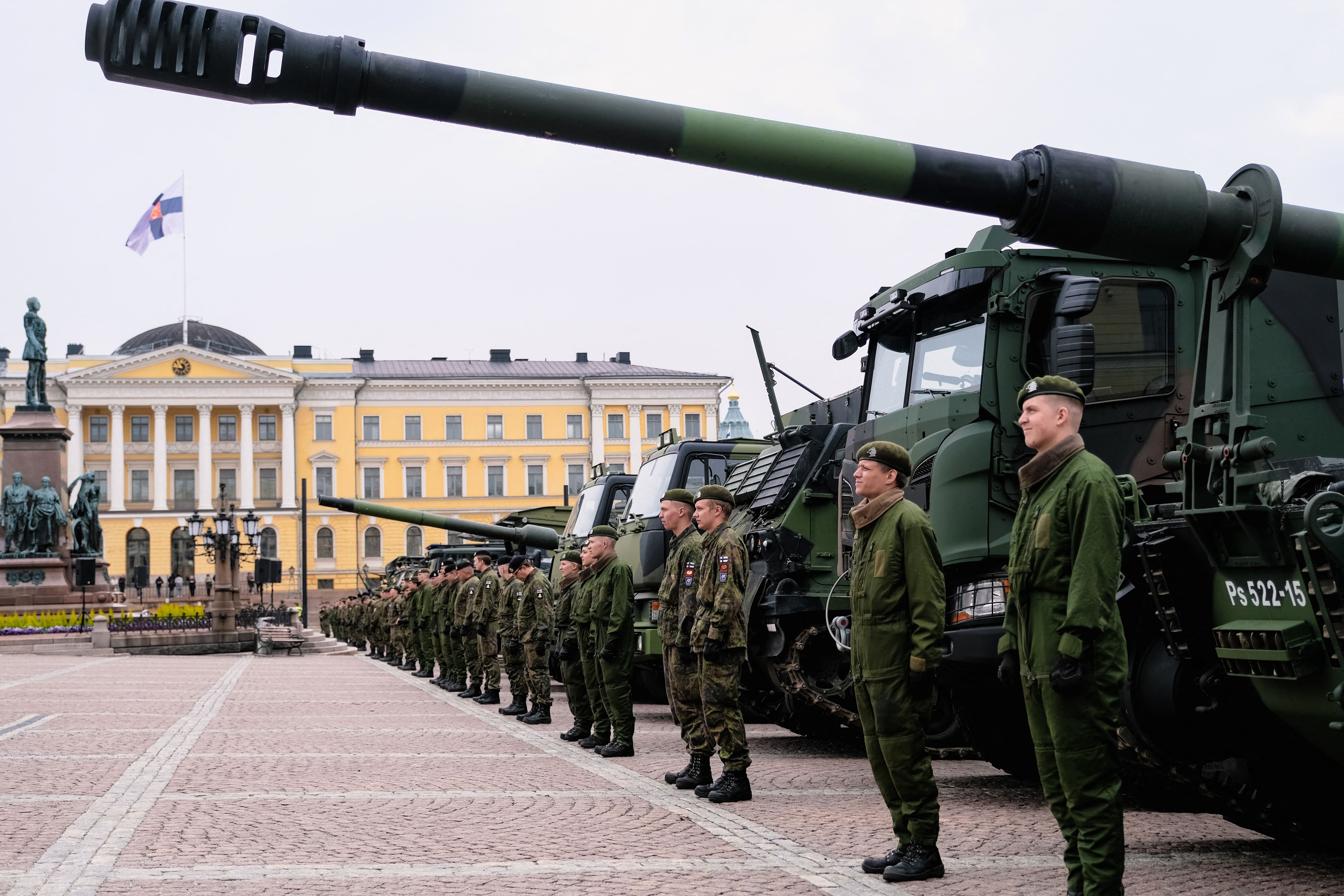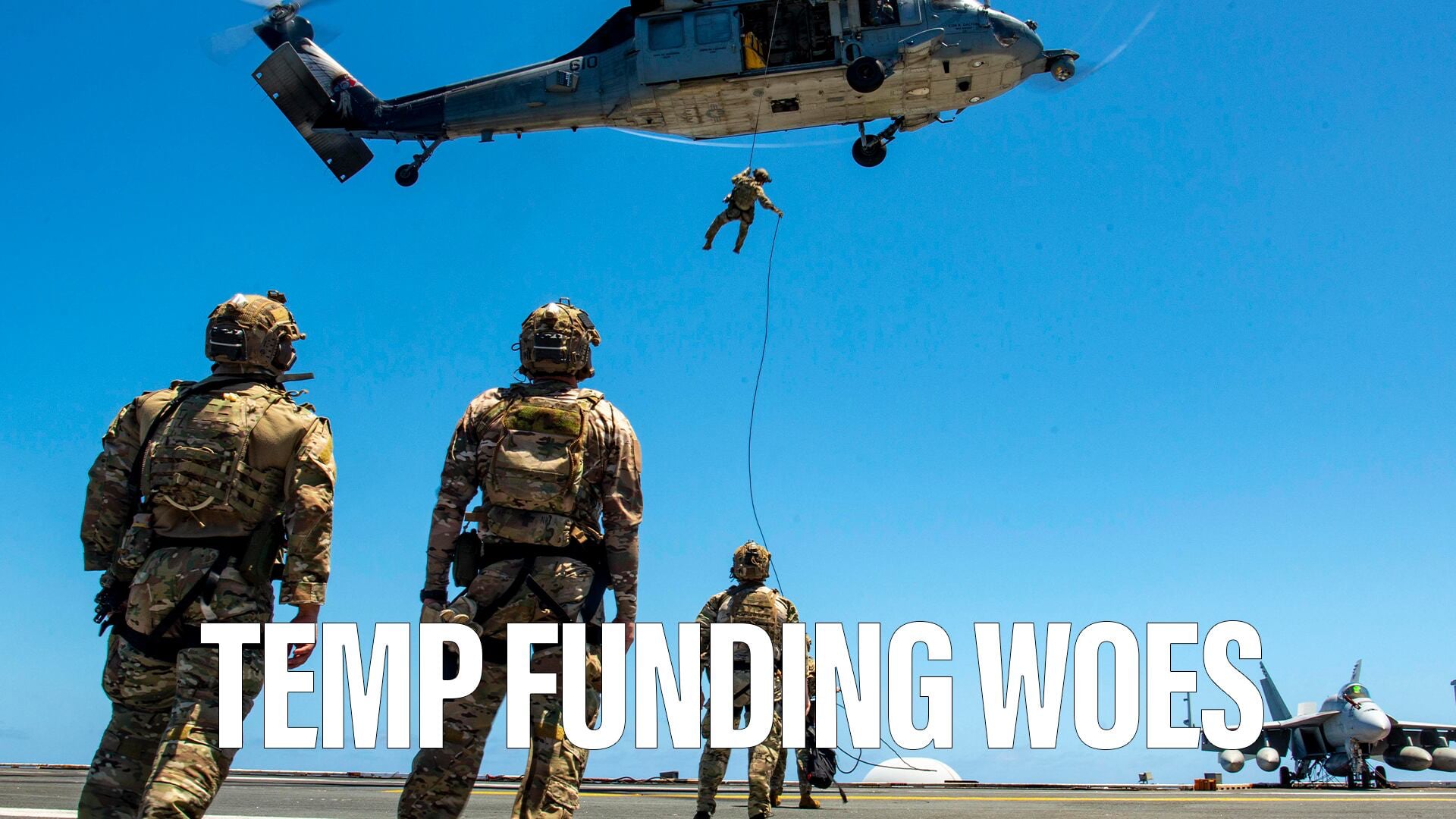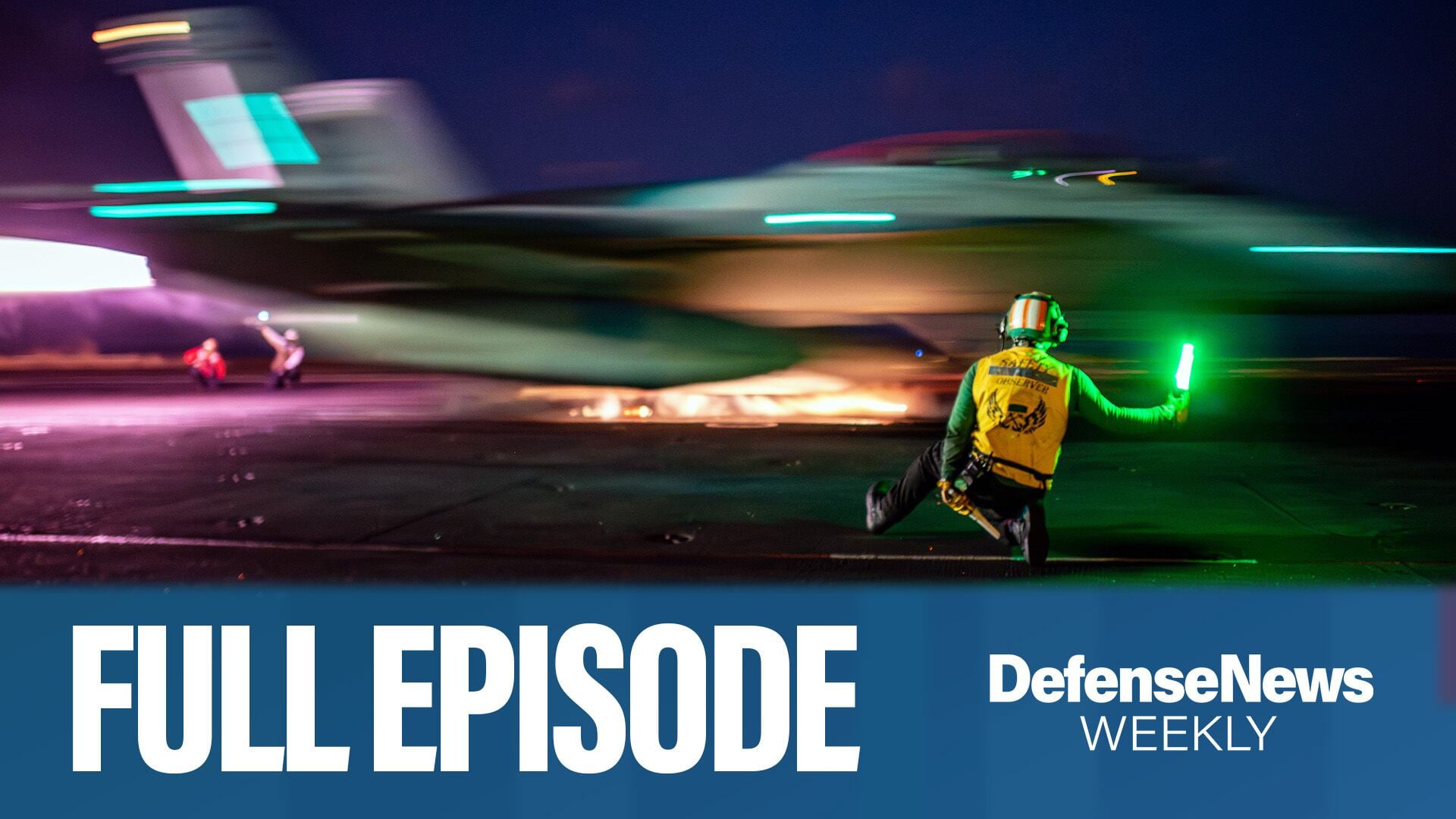Next week, several heads of state and ministers of defense will gather in Washington, D.C., for the 2024 NATO Summit. The three-day gathering will “address the challenges facing the Alliance” and discuss how to “further strengthen NATO’s deterrence and defence” in the 21st century. At the top of the agenda will be NATO’s deterrence and defense initiatives, and how NATO can build and strengthen partnerships and relationships with various countries.
Alliance members will also discuss the ongoing Russian invasion of Ukraine. In addition, they will need to discuss supply chain management and defense acquisition. These two topics will be crucial during this year’s gathering.
During the 2023 NATO Summit, members reaffirmed their commitment to helping defend Ukraine. The alliance established the NATO-Ukraine Council, a “joint body where Allies and Ukraine sit as equal participants to advance political dialogue, engagement, cooperation and Ukraine’s aspirations for membership in NATO.” NATO members also ruled to remove a membership action plan as a requirement for Ukrainian membership. Despite this progress, the alliance opted not to present an official invitation to the Ukrainians.
In the defense acquisition space, the alliance discussed formidable military capabilities. Several members also committed to increasing their defense spending, and they debated supplying Ukraine with various forms of military equipment. The discussions were viewed as a major victory for the alliance, and many experts predicted there would be a significant change.
What transpired, however, was much different. Nearly a year after the 2023 NATO Summit in Vilnius, Lithuania, several Western media outlets have reported Russia has made gains in eastern Ukraine. In addition, it was stated that the Russian Federation was producing “nearly three times” more artillery munitions than the U.S. and Europe. Russia has also increased its defense capabilities by purchasing defense equipment from North Korea and Iran. This has allowed the Russians to arm themselves and continue their invasion of Ukraine.
RELATED

Meanwhile, as the Russians made their gains in the east, the European Union and the United States delayed additional aid to Ukraine. In Europe, a new assistance package was initially proposed in June 2023. This included financial and humanitarian assistance to Ukraine.
The package, however, was stalled, as EU members disagreed on the total cost of the assistance, its impact and its distribution. (The majority of EU members are also members of NATO.) After several months of debating, the assistance package was finally passed in February 2024. In other words, aid to Ukraine from the EU was delayed for eight months.
Similarly, in the United States, a new defense and humanitarian aid package for Ukraine was proposed in October 2023. Elected officials in the House of Representatives and the Senate argued the need for the aid, and they constantly revised the legislation. After several deliberations and delays, the new U.S. assistance package was finally passed in April 2024, nearly seven months after it was initially presented.
While the legislative bodies in the EU and the U.S. delayed assistance to Ukraine, several reports stated that the Ukrainians were running out of ammunition. During the autumn and winter of 2023 to 2024, the Ukrainians needed to reprioritize and strategize their efforts to minimize casualties while protecting their citizens. The Ukrainians lost some territory to Russia in the east.
Given these developments over the past year, NATO members must work more closely and thoughtfully with the Ukrainians to ensure they are victorious in their efforts against the Russians. Addressing the defense acquisition space will be an essential place to start. NATO members should consider addressing at least three areas.
First, NATO should encourage technology sharing to enhance interoperability between member countries. Information sharing “reduces duplication, enables pooling of resources and produces synergies among all Allies.” It would allow NATO members to manufacture equipment more efficiently and effectively, and it would limit manufacturing setbacks.
In addition, it would lessen the burden on defense industries in countries such as the United States and the United Kingdom, and force other NATO members to pull their weight in the defense-industrial space. This would also enhance their collective national security.
Once information sharing has been identified, NATO members could expand their defense industries using these new technical abilities. Outdated manufacturing plants in the United States and Europe could be refurbished to create new equipment. This would allow Western countries to develop equipment and hardware more quickly, supplying Ukraine with the necessary tools to win the war.
Manufacturing these materials would also help NATO replenish its stockpiles while it supplies the Ukrainians with weapons. In addition, using these factories would create new employment opportunities for Americans and Europeans, leading to job growth. This would help boost Western economies.
Finally, producing more equipment more efficiently and rapidly would help address delays in providing defense assistance to Ukraine. A surplus in production would increase the equipment and hardware NATO members have available. These countries can then send this hardware to the Ukrainians more easily, as the equipment will be available.
In addition, rather than creating equipment from scratch, some Western countries have refurbished older defense equipment, thus reducing the delay on goods.
In short, enhancing NATO’s defense acquisition sector will take time. It will not be easy, and it will require all 32 NATO members to cooperate and collaborate to ensure supply chain issues are addressed, manufacturing is increased, and aid to Ukraine is provided more efficiently and effectively. Providing Ukraine with the tools it needs will help it defend itself against the ongoing Russian invasion and take back its territory.
Additional delays in aiding Ukraine, however, will allow the Russians to bolster their defenses. It will give the Russians additional time to increase their weapons production, purchase equipment from North Korea and Iran, and continue waging its war against Ukraine. This would result in further destruction and devastation across Ukraine. It will also lead to the additional loss of life.
Therefore, if NATO is serious about helping Ukraine win the war against Russia, then it must address these previous munition shortcomings and enhance defense procurement. Otherwise, should there be future delays, then this could see the Russian invasion of Ukraine quickly turn into a forever war. No one will want this.
Mark Temnycky is a nonresident fellow at the Atlantic Council think tank’s Eurasia Center.







